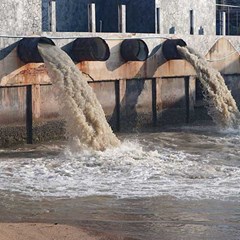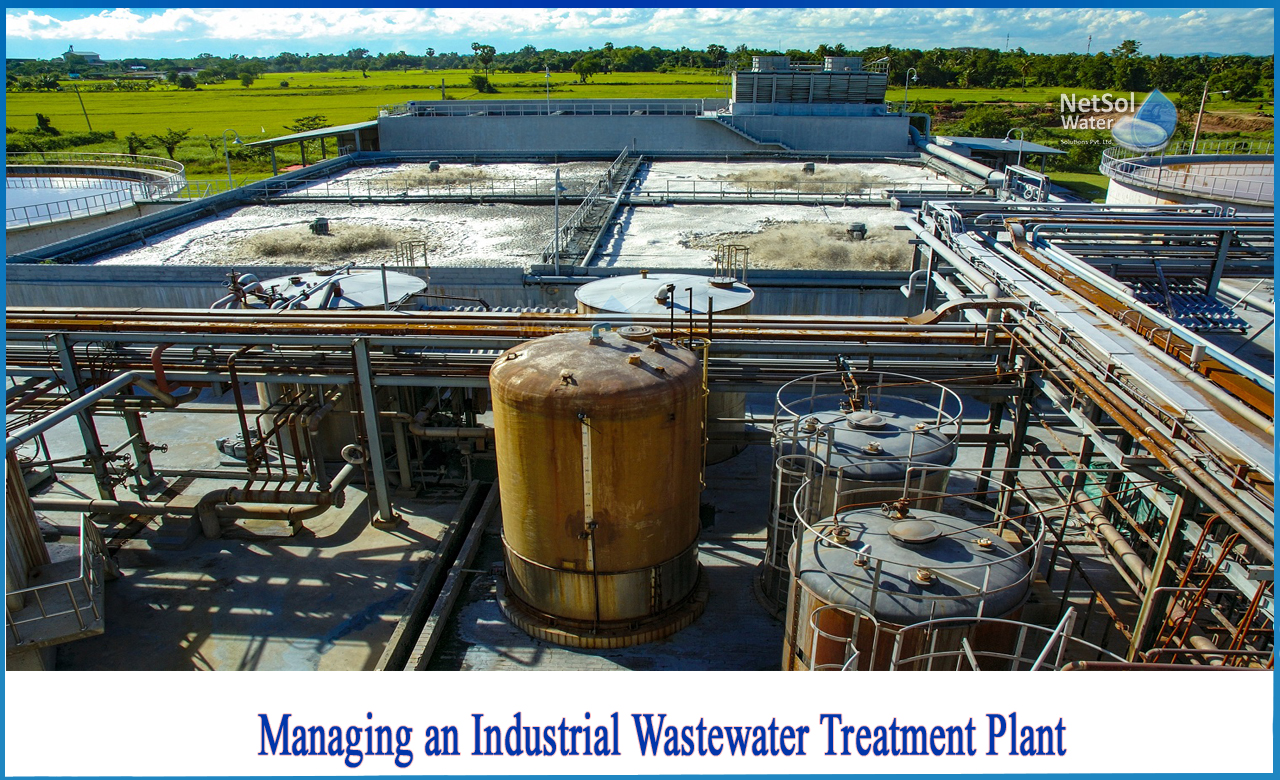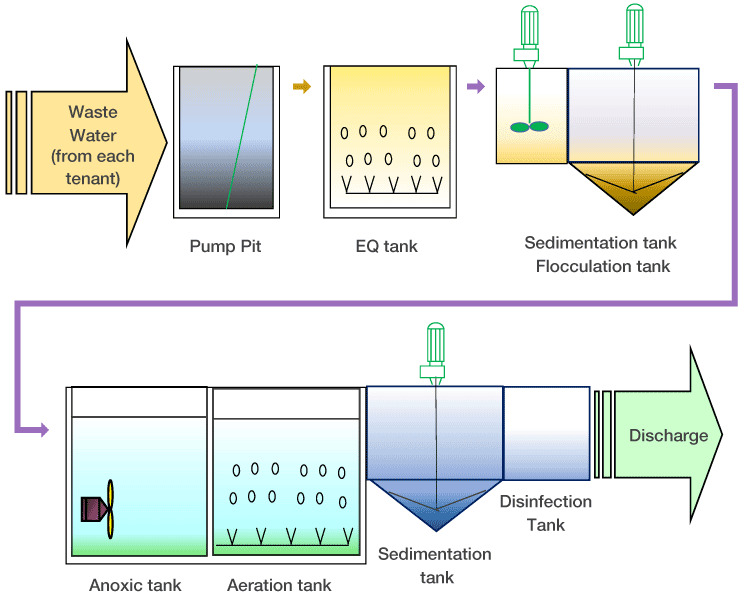Technologies and Breakthroughs in Hazardous Waste Water Treatment Technologies
The landscape of industrial wastewater therapy is undergoing a transformative change, driven by innovations that boost both effectiveness and sustainability. As governing criteria advance, the combination of AI and equipment knowing into wastewater monitoring systems promises to improve operations and guarantee compliance.
Overview of Drainage Therapy Technologies
Wastewater treatment innovations encompass a variety of approaches created to eliminate impurities from commercial effluents prior to their release right into the setting. These technologies are important for keeping environmental balance and making sure compliance with environmental regulations. The main categories of wastewater therapy consist of physical, chemical, and organic approaches, each serving unique functions based upon the nature of the impurities present.

Biological therapy methods utilize microorganisms to weaken organic issue, making them especially efficient for organic-rich effluents. Strategies like turned on sludge and biofilm activators harness the natural degradation capabilities of germs, resulting in considerable decreases in biochemical oxygen need (FIGURE)
Advanced Purification Techniques
Advanced filtration strategies stand for an important evolution in the world of commercial wastewater treatment, improving the performance of pollutant removal processes. Industrial Waste Water Treatment. These approaches encompass a series of technologies, consisting of microfiltration, ultrafiltration, nanofiltration, and turn around osmosis, which give consecutive obstacles for numerous particle dimensions and chemical structures
Microfiltration and ultrafiltration use membrane systems to eliminate put on hold solids, bacteria, and bigger organic particles, enhancing the quality of effluent previous to further treatment. Nanofiltration connects the space in between ultrafiltration and turn around osmosis, effectively getting rid of divalent ions and organic compounds, thus minimizing the load on downstream processes.
Reverse osmosis supplies the highest degree of purification by permitting only water and tiny molecules to travel through its semi-permeable membrane layers, making it suitable for redeeming top notch water from commercial effluents. Recent improvements in membrane innovation, consisting of the development of more long lasting and fouling-resistant products, have significantly improved functional effectiveness and reduced costs.
Including these sophisticated filtering methods not only enhances the total treatment process however also adds to sustainability efforts by allowing water reuse and source healing in industrial settings. (Industrial Waste Water Treatment)
Biological Therapy Advancements

In addition, the development of engineered organic systems, such as membrane bioreactors (MBRs), incorporates biological treatment with sophisticated membrane filtering. This combination permits higher effluent top quality and lowered footprint, making it ideal for space-constrained industrial facilities. Innovations in genetically engineered microorganisms have actually additionally emerged, boosting the biodegradation of certain pollutants, such as pharmaceuticals and heavy metals, that are typically challenging to get rid of.
In addition, the implementation of bioaugmentation techniques, where valuable microorganisms are introduced to enhance the existing organic therapy procedures, has shown appealing outcomes in enhancing treatment efficiency. These advancements collectively indicate a trend in the direction of even more reliable and lasting organic therapy approaches that can adapt to the progressing intricacies of industrial wastewater streams. As industries remain to prioritize ecological conformity, these organic technologies will play a vital duty in wastewater management.

Source Recuperation Methods
In commercial setups, the combination of resource healing approaches has actually ended up being significantly vital for improving sustainability and reducing waste. These techniques focus on drawing out valuable products and energy from wastewater i was reading this streams, thereby changing possible toxins right into multiple-use resources.
One popular approach is vitamins and mineral recovery, where nitrogen and phosphorus, usually present in excess in wastewater, are caught and exchanged plant foods. This not only minimizes environmental effects yet also provides a round economic climate service for agricultural applications. In addition, innovations such as anaerobic food digestion permit the conversion of natural waste right into biogas, a renewable energy resource that can offset fossil gas usage in industrial procedures.
Additionally, advanced filtering and membrane technologies facilitate the recuperation of commercial by-products such as salts and metals. These recovered products can be rehabilitated right into manufacturing procedures, reducing the need for virgin resources.
Future Fads in Drainage Monitoring
As markets progressively focus on sustainability, the future of wastewater monitoring is established to undergo considerable improvements. Technical advancements, such as expert system and device discovering, will allow much more efficient tracking and administration of wastewater systems. These technologies can anticipate maintenance demands, enhance therapy processes, and boost decision-making, eventually lowering functional expenses and environmental effect.
Moreover, the combination of circular economic situation principles will certainly play a crucial function in wastewater administration. Industries are anticipated to change in the direction of systems that not only deal with wastewater yet likewise recover useful resources, such as nutrients, water, and energy. This transition will certainly reduce waste and advertise the reuse of materials, straightening with worldwide sustainability objectives.
Emerging treatment methods, such as membrane bioreactors and progressed oxidation procedures, will even more improve the performance of wastewater treatment, permitting better effluents suitable for reuse. Additionally, governing frameworks are most likely to advance, stressing more stringent criteria for wastewater discharge and encouraging industries to adopt ingenious therapy services.
Conclusion
In final thought, the evolution of commercial wastewater therapy innovations demonstrates a substantial change pop over to this web-site in the direction of boosted performance and sustainability. Innovations in sophisticated filtration techniques, organic therapies, and source recuperation techniques highlight the industry's commitment to ecological stewardship. The integration of expert system and artificial intelligence better maximizes these processes, making sure regulatory conformity and advertising a round economy. Continued advancements in these areas will play an important role fit the future of wastewater management and safeguarding crucial water resources.
The landscape of commercial wastewater treatment is undergoing a transformative shift, driven by technologies that improve both performance and sustainability.Wastewater therapy innovations include a range of methods made to eliminate pollutants from commercial effluents prior to their launch into the setting.Using the power of organic procedures has actually led to substantial developments in the therapy of commercial wastewater.In addition, the application of bioaugmentation strategies, where advantageous microbes are presented to enhance browse around these guys the existing organic therapy processes, has shown promising outcomes in enhancing treatment performance. These advancements collectively represent a trend in the direction of even more sustainable and reliable organic therapy methodologies that can adapt to the developing complexities of industrial wastewater streams.